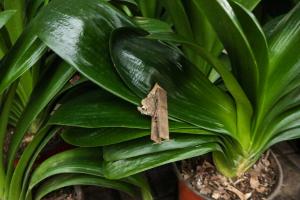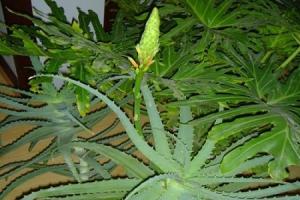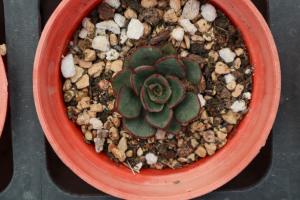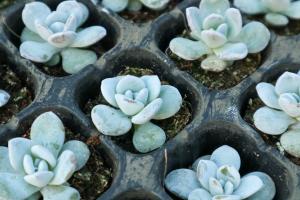Introduction
As the end of the growing season approaches, many gardeners are faced with the question of whether or not to remove their tomato plants. Some may choose to leave them in the ground, while others opt for removal. This article will explore the reasons behind removing tomato plants at the end of the season and provide tips for doing so effectively.
Reasons for Removing Tomato Plants
One of the main reasons for removing tomato plants at the end of the season is to prevent the spread of disease. Tomatoes are susceptible to a variety of diseases, including blight, wilt, and mosaic virus. These diseases can be carried over from one season to the next, so removing infected plants is crucial for preventing their spread.
Another reason to remove tomato plants is to make room for fall crops. Many vegetables, such as broccoli, cauliflower, and spinach, thrive in cooler weather and can be planted in the space left by the tomato plants.
Finally, removing tomato plants can help with soil management. Tomato plants are heavy feeders and deplete soil nutrients quickly. By removing the plants, you can give the soil a chance to recover and replenish itself before the next growing season.
How to Remove Tomato Plants
When it comes to removing tomato plants, there are a few things to keep in mind. First, it's important to wait until the end of the growing season, when the plants have stopped producing fruit and have begun to die back. Trying to remove plants too early can damage the roots and leave the soil vulnerable to erosion.
Once you've determined that it's time to remove the plants, you'll need to decide how to do so. One option is to pull the plants up by the roots. This can be done by grasping the base of the plant and pulling firmly. If the plant is resistant, you may need to use a shovel or hoe to loosen the soil around the roots.
Another option is to cut the plants off at ground level. This can be done using a pair of pruning shears or a sharp knife. Make sure to cut the stem as close to the ground as possible to minimize the amount of plant material left behind.
What to do with the Plants After Removal
Once you've removed your tomato plants, you'll need to decide what to do with them. One option is to compost them. Tomato plants are rich in nitrogen and other nutrients that can benefit your compost pile. Be sure to chop the plants into small pieces before adding them to the pile to speed up the decomposition process.
If you're not interested in composting, you can dispose of the plants in the trash. However, keep in mind that some municipalities have restrictions on what can be included in household garbage. Check with your local waste management facility to see if there are any special requirements for disposing of plant material.
Conclusion
Removing tomato plants at the end of the growing season is an important step in maintaining a healthy garden. Whether you're looking to prevent the spread of disease, make room for fall crops, or manage your soil, removing tomato plants can be a simple and effective solution. By following the tips outlined in this article, you can ensure that your plants are removed safely and efficiently.

 how many times do yo...
how many times do yo... how many planted tre...
how many planted tre... how many pine trees ...
how many pine trees ... how many pecan trees...
how many pecan trees... how many plants comp...
how many plants comp... how many plants can ...
how many plants can ... how many plants and ...
how many plants and ... how many pepper plan...
how many pepper plan...































